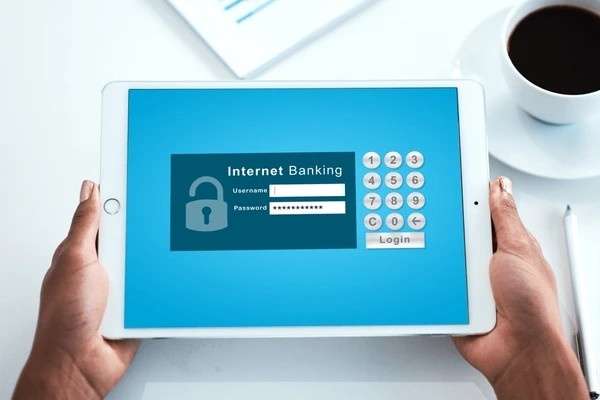In this article, I delve into the crucial question of whether our money is safe in the banks, particularly from the perspective of digital nomads. Join me as we explore various aspects, challenges, and considerations regarding the safety and security of funds held in banking institutions.
Table of Contents
Understanding Banking Safety for Digital Nomads
As a digital nomad, ensuring the safety of my money is paramount. Banks serve as custodians of our hard-earned funds, offering security, convenience, and various financial services tailored to our needs.
The Role of Banking Institutions
Banks play a pivotal role in safeguarding deposits through stringent security measures, including encryption, secure servers, and compliance with regulatory standards. These measures aim to protect customer funds against unauthorized access and cyber threats.
Deposit Insurance and Guarantees
Many countries provide deposit insurance schemes that safeguard a portion of deposited funds in case of bank failure or financial instability. This provides reassurance to depositors, including digital nomads, regarding the safety of their savings.
Challenges and Considerations
Cybersecurity Threats
In an increasingly digital world, cybersecurity threats, such as phishing scams and data breaches, pose risks to bank account security. Banks continuously upgrade their cybersecurity protocols to mitigate these risks and protect customer information.
Financial Stability of Banks
Evaluating the financial health and stability of banks is crucial for digital nomads. Monitoring factors such as capital adequacy, liquidity ratios, and credit ratings helps assess the reliability of banks in safeguarding deposits.
Regulatory Environment
Navigating varying regulatory environments across countries can impact banking safety. Understanding local banking laws, deposit protection schemes, and consumer rights ensures informed decision-making regarding where to hold funds.
Digital Nomads’ Perspective
Accessibility and Convenience
Digital nomads prioritize banking services that offer seamless online access, international transfers, and competitive exchange rates. Choosing banks with robust digital platforms enhances convenience and efficiency while traveling.
Diversification of Banking Relationships
Diversifying banking relationships across jurisdictions can mitigate risks associated with geopolitical instability or economic fluctuations in one region. This strategy spreads risk and ensures continued access to financial services.
Evaluating Bank Safety: Key Metrics and Indicators
Capital Adequacy Ratios
Analyzing a bank’s capital adequacy ratios, such as Tier 1 capital ratio and leverage ratio, indicates its ability to absorb potential losses and maintain solvency under adverse conditions.
Credit Ratings and Financial Health
Reviewing independent credit ratings and financial reports provides insights into a bank’s stability, management practices, and ability to honor financial obligations to depositors.
Conclusion: Ensuring Confidence in Banking Safety
In conclusion, the safety of my money in the bank, as assessed through the lens of the digital nomad institute, hinges on robust security measures, regulatory protections, and informed decision-making. By understanding the risks, evaluating banking institutions’ stability, and leveraging digital banking innovations, digital nomads can confidently manage their finances while traveling the world.
This article provides a critical examination of the safety of funds in banking institutions from the perspective of digital nomads, emphasizing security measures, regulatory protections, and strategic considerations for safeguarding deposits. By exploring these facets, I aim to provide insights that empower digital nomads to make informed decisions regarding their banking relationships and financial security.





